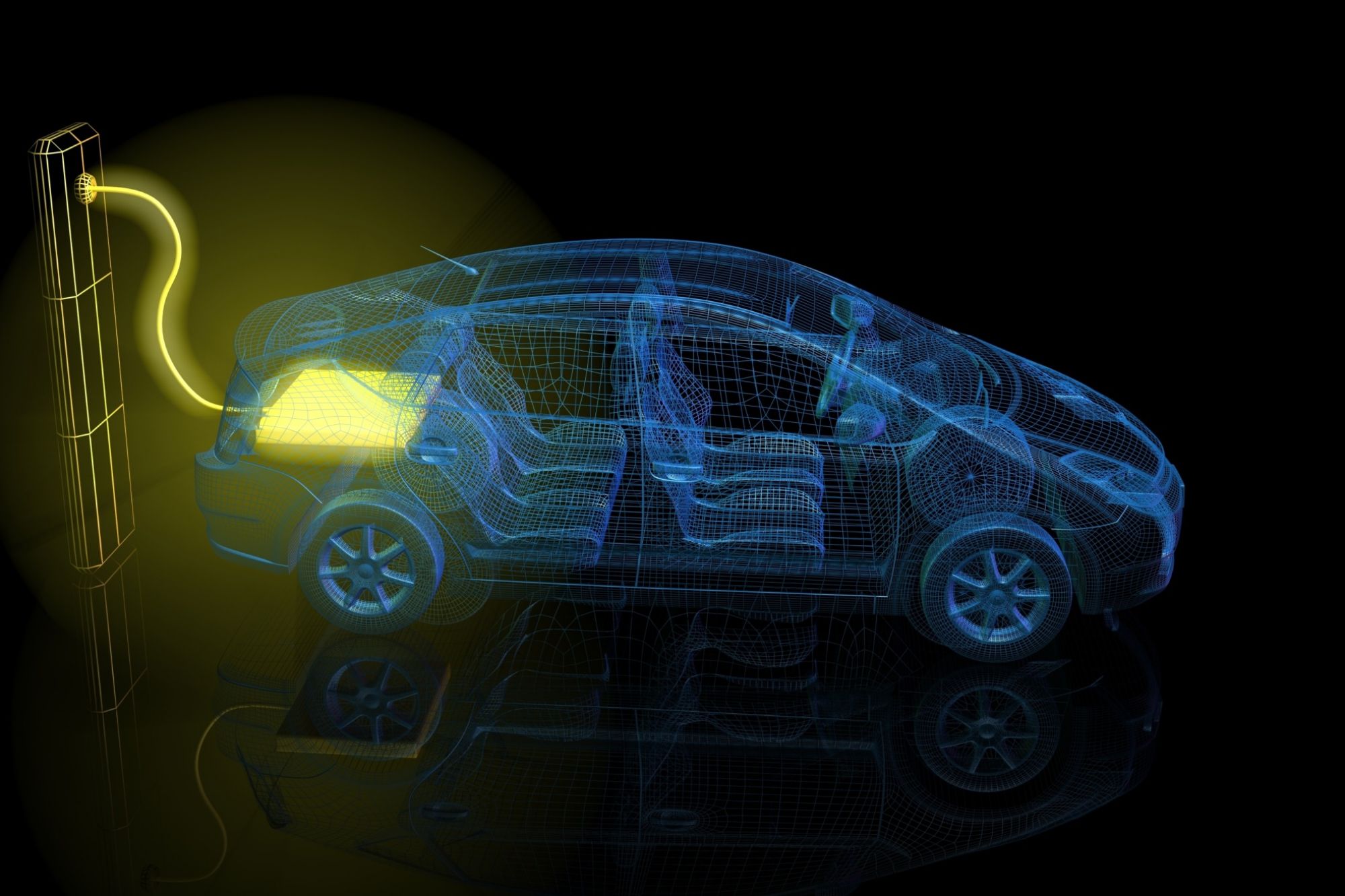These Steps will Ensure India is Prepared for the EV Revolution The policymakers and the automobile industry are implementing critically productive measures to maneuver a nationwide change
By Akhil Aryan
Opinions expressed by Entrepreneur contributors are their own.
You're reading Entrepreneur India, an international franchise of Entrepreneur Media.

The Indian government recently announced its plan to build an electric vehicle (EV) charging station every three km in cities and every 25 km on highways, in its attempt to realize its ambition of bringing about a pan-India all-electric transition by 2030. The policymakers and the automobile industry are implementing critically productive measures to maneuver a nationwide change to the EV technology.
The global energy crisis and the resultant climate shift calls for an immediate worldwide shift to renewable energy alternatives such as the EV technology. No individual can shepherd such an enormous change on their own therefore it is up to the key players of the EV ecosystem such as the government, the automobile industry, and EV mobility fleet owners to turn from the problematic traditional modes of mobility to the unconventional.
There are a plethora of initiatives that must be undertaken by all the primary stakeholders of the EV ecosystem. To start with the automobile sector is the most seminal player in the EV dimension as it is single-handedly responsible for all the technological breakthroughs and mobility disruption. It can initiate this vast paradigm shift through the following steps.
The Role of the Automobile Sector
The auto industry should introduce technological innovations that optimize battery life and performance, reduce the overhead and peripheral costs and help in achieving a better return on investment.
To forge an ecosystem that permits an optimal adoption of the battery swapping technology as it massively decreases waiting period for charging and also reduces the size and volume of car batteries and delivers an increased available run time.
Localized development and production of the EV mobility components are essential to subvert the otherwise enormous costs of importing.
The recent technological progress in the newly spawned fields of data sciences, artificial intelligence (AI) and the Internet of Things (IoT) are together responsible for causing major disruption in the EV sector. It is akin to laying down the foundation stone for building an all-electric future. The culmination of these advanced technologies helps in obtaining a valuable sense of clarity pertaining to battery performance, which is essential to calculating and enhancing battery life. This aids in bringing down the inclusive utility cost and reduces the planetary dependence on coal gas and petroleum, the dying sources of energy.
Start-ups too can play an important part in contributing to the mass utilization of the EV technology by carving a holistic EV ecosystem in the following ways.
The Role of Start-ups
The Indian automobile giants can work along with EV start-ups in promoting nationwide adoption.
EV fleet operators and start-ups should instill data analytics to improve and maximize the growth output of this industry. The data derived can be used for discerning every possible abnormalities and error before time and therefore initiate accurate preemptive measures and preventive techniques. Data analytics aids in determining the present energy consumption levels; discovering and pinpointing future demands and easing the grid load during peak hours, and recharge patterns.
To further accelerate the transition, start-ups can work towards retrofitting old cars as an economically viable option instead of selling the ICE vehicle for scrap.
As discussed previously, such a massive change can only be ensured through progressive measures on the part of the government; here are a few steps that the government must undertake to ensure nationwide permeation of the EV model.
Role of the Government
The government should provide impetus to the concerned parties to speed up the localized production of batteries and the adoption of EVs.
In keeping with the present-day needs and the available infrastructure, the government should open at least 20 gigafactories to initiate the local production of batteries.
Since India is home to one of the largest three-wheeler markets in the world with over 0.6 million units sold in 2017, it is pertinent to assimilate electric rickshaws in the urban electric mobility plans.
The government should warrant a retrofit policy for the seemingly outdated ICEs as the country moves forward on the path of achieving pan-Indian all-electric mobility.
The government should build dedicated lanes and reserve parking areas for EVs and should also excuse them from odd-even traffic schemes.
The government should aim to extend its GST cut for EVs at least till 2030.
The government should warrant an efficient uniformity for the li-ion battery, charging infrastructure and the battery swapping mechanism to develop a standardized EV ecosystem.
The government should implement policies that initiate the eco-friendly disposal of expired batteries.










